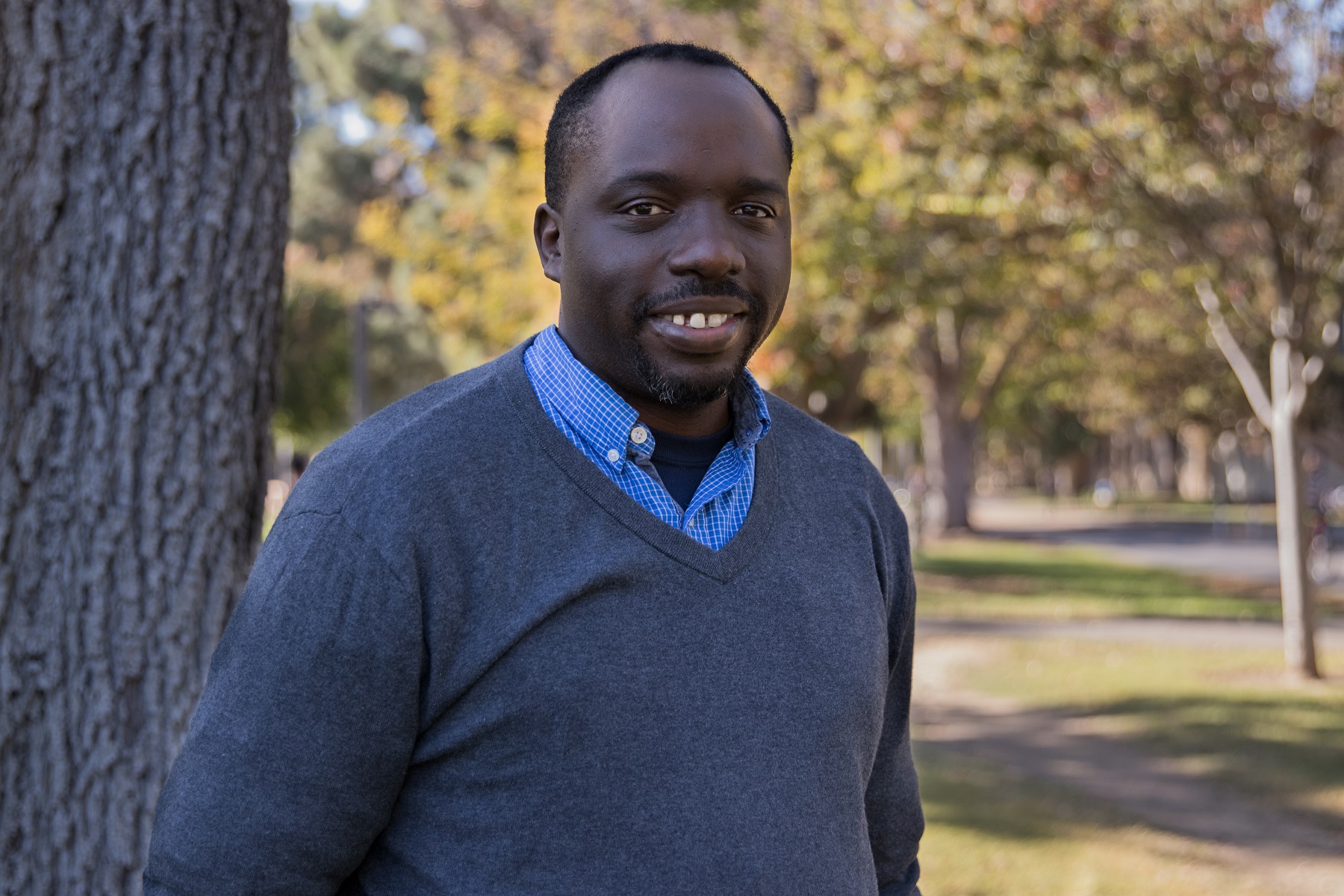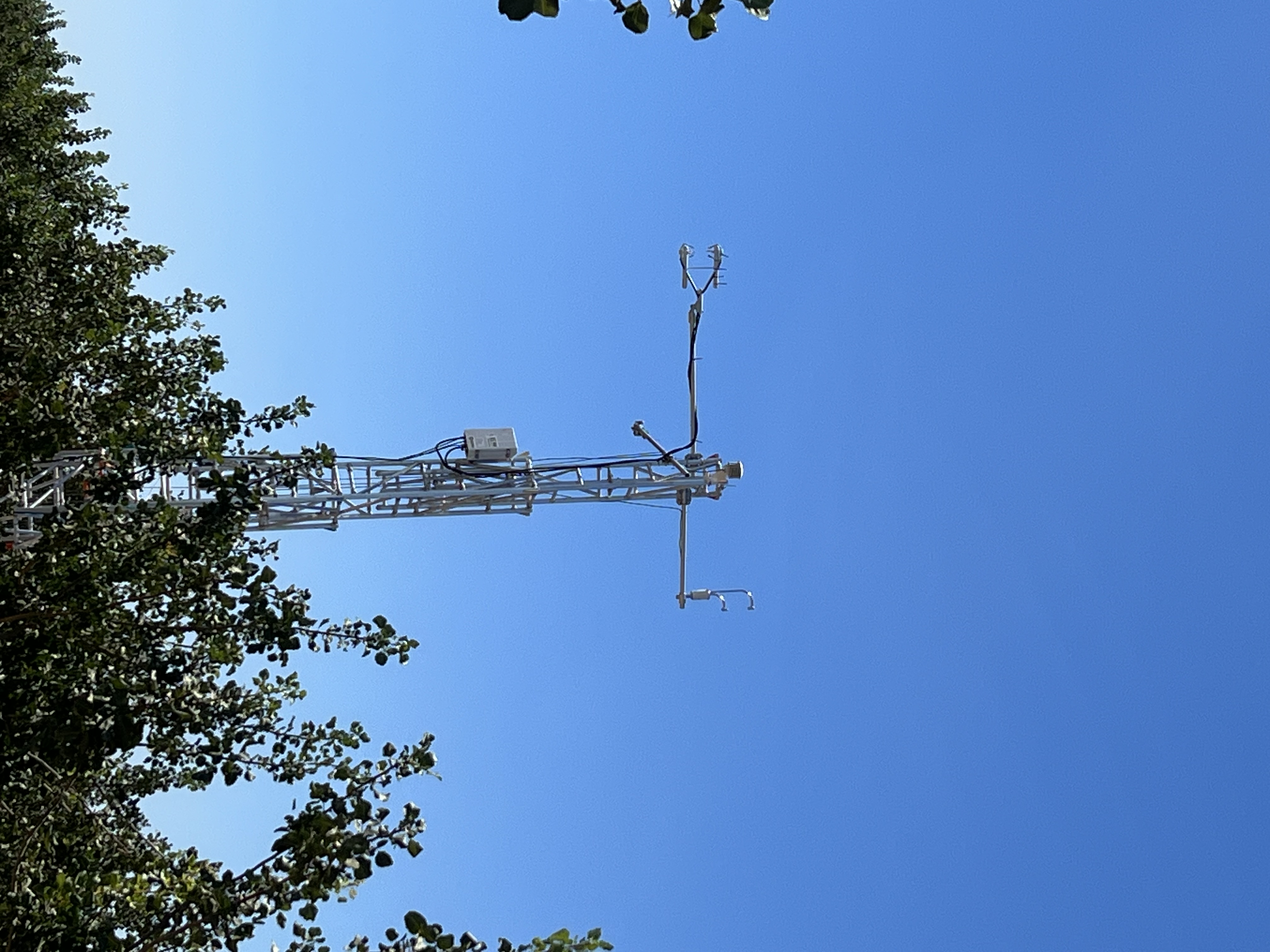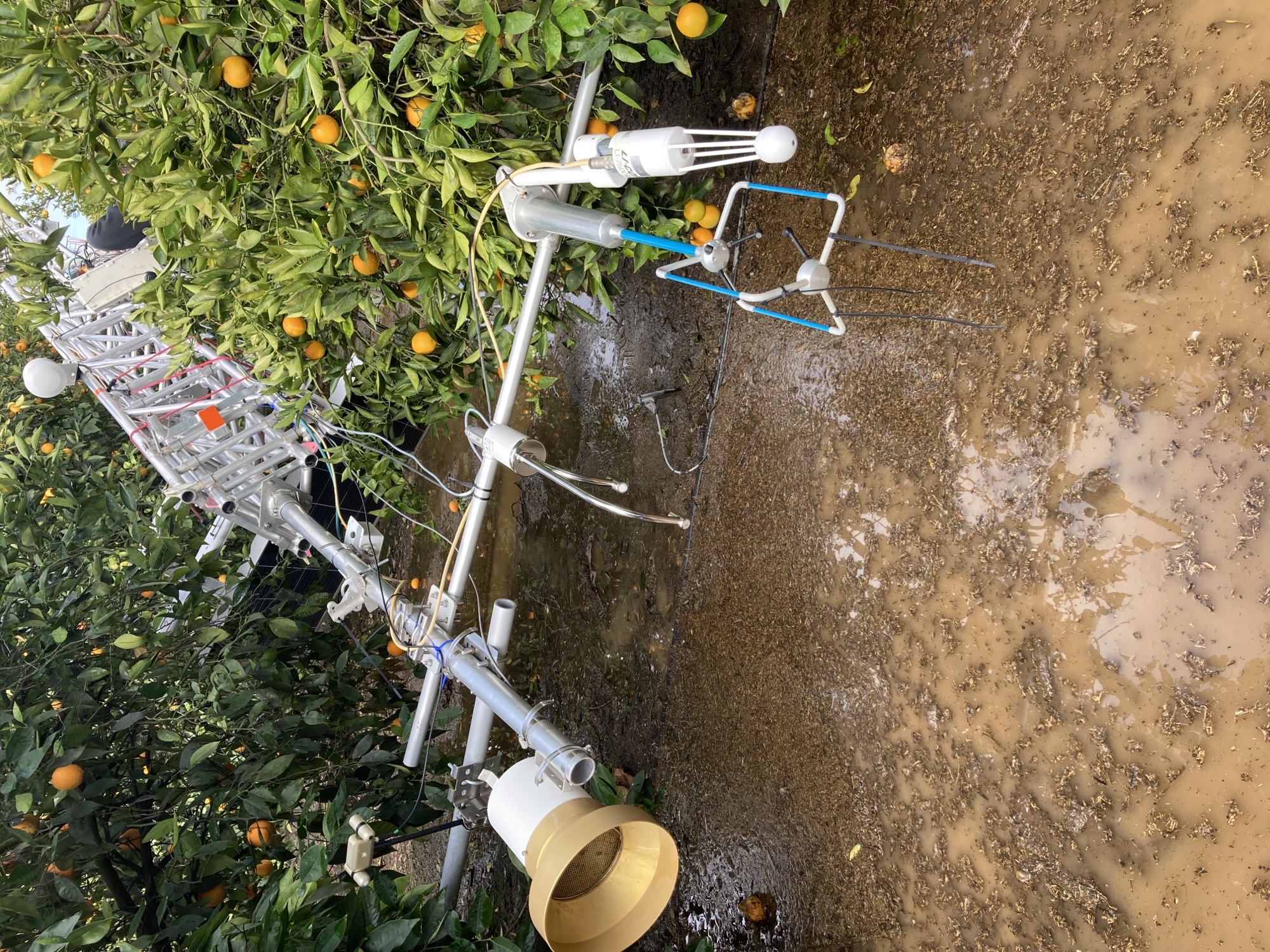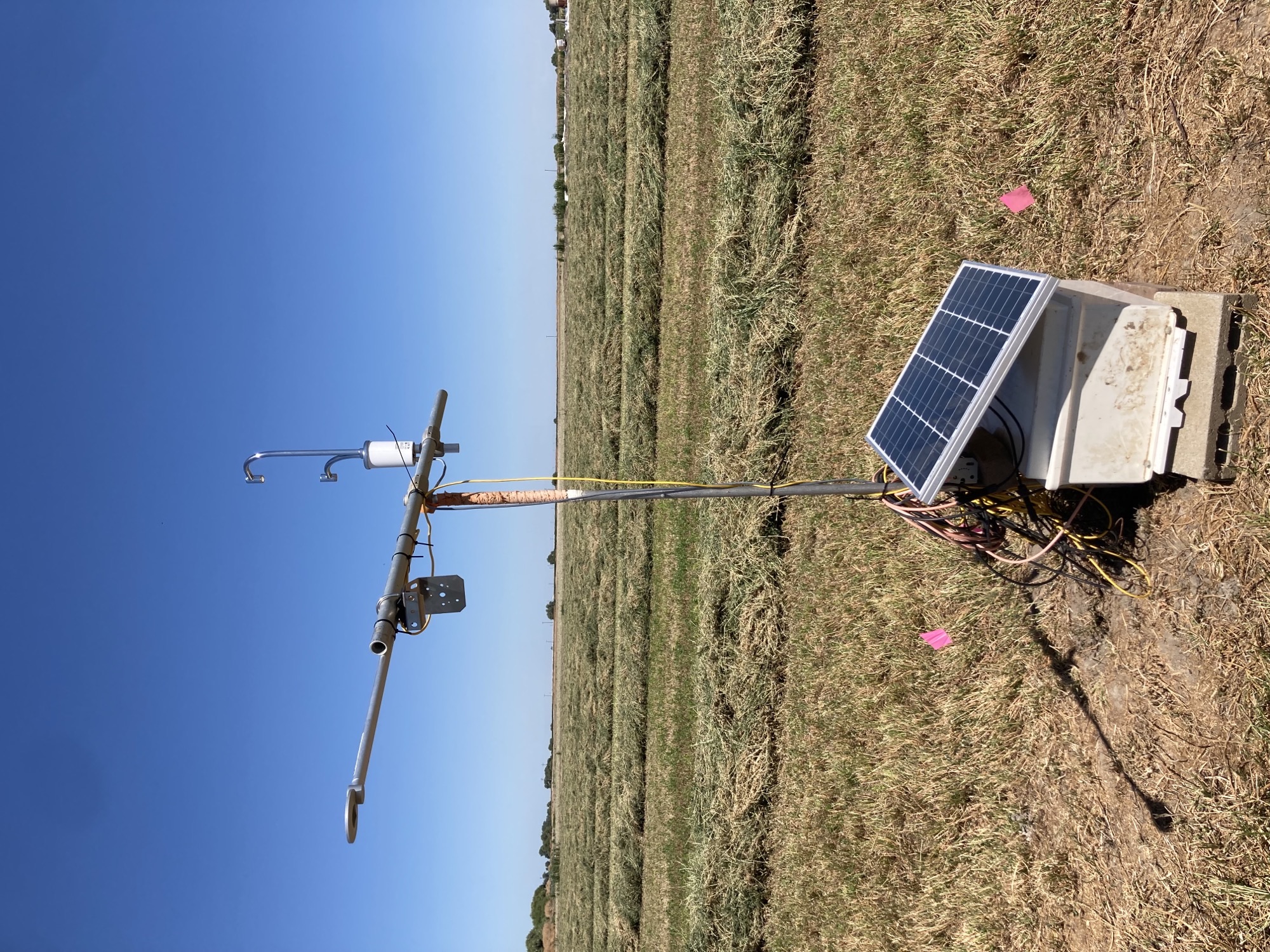Evapotranspiration and Water Use in California's Central Valley
The Central Valley ET Network, led by Dr. Isaya Kisekka, Professor of Hydrology and Agricultural Water Management at University of California Davis and administered by the UC Davis Agricultural Water Center, aims to provide accurate evapotranspiration (ET) data to farmers through an open access website so they can grow crops using less groundwater.
Dr. Kisekka and his graduate and post-doctoral scholars deployed LI-710 Evapotranspiration Sensors in pistachio orchards near Davis and in Madera County, and in a citrus orchard south of Fresno. They installed the LI-710 on established eddy covariance (EC) infrastructure to compare its results with other measurement methods, including the IRGASON® and the LI-7500 Open Path CO2/H2O Analyzer.
At the young pistachio site near Davis, they study the impact of cover crops on the water budget. Half of the orchards have cover crops; half do not. They installed an EC flux tower and an LI-710 in each type of orchard. Results in the spring indicated that the orchards with the cover crops had higher ET and latent heat, indicating higher water use. However, those with cover crops also had a higher Net Ecosystem Exchange, sequestering more carbon. In the summer, when cover crops are dormant, there is no difference. The ET measured by the LI-710 at this site was comparable to that measured by the IRGASON®.
In Madera County, where agricultural groundwater use is restricted and monitored by remote sensing, a pistachio grower wants to know how much they can reduce water use and still economically grow a crop. The grower reduced irrigation 50% in part of the orchard while the rest of the orchard received full irrigation. Kisekka's team was asked to take ground measurements at the site to validate the remote sensing, and they installed an LI-710 and an LI-7500 side-by-side at the farm. The LI-710 provided measurements comparable to the LI-7500. The comparisons of ground-based eddy covariance measurements of ET to remote sensing-based ET are also of interest to local Groundwater Sustainability Agencies created by the 2014 Sustainable Groundwater Management Act to ensure groundwater sustainability.
At a citrus farm south of Fresno, where remote sensing ET numbers weren't making sense, they installed a flux tower and an LI-710 to take ground measurements. Again, results from the LI-710 were comparable to the LI-7500. The research on comparing ET measurements in citrus is ongoing.
“The problem with remote sensing is that no one agrees on the numbers,” said Kisekka, “and the problem with ground measurements is that they're expensive.”
Research comparing remotely sensed ET to ground-based ET measurements continues. Preliminary results show a remote sensing error of greater than 1 mm/day, which Kisekka says is quite high. “If remote sensing is to be used for groundwater regulation and irrigation management, we need to bring this error down to less than 1 mm/day,” he said. To do that, they need more ground measurements. Because of its lower cost, the LI-710 will help with that.
Kisekka and his team developed a data assimilation framework that combines ground-based EC with remote sensing to get more accurate estimates of ET over large areas, with a root mean square error of under 1 mm/day. He believes that combining these measurements is the future of monitoring ET. “Ground measurements are great,” he said, “but remote sensing gives us scale.”
The most important thing influencing the models based on remote sensing are the hot (dry) and cold (wet) pixels in a satellite image, according to Kisekka. They've installed an LI-710 in a bare field (hot, dry pixel), and another in an alfalfa field (cold/wet pixel). Preliminary data show they were able to significantly reduce the uncertainty of the model by using measurements from the LI-710.
Dr. Kisekka points out that one of the biggest benefits of the LI-710 is that the infrastructure to support it is much less expensive than a large telescoping tower needed for EC. “You need to be 1.5-2 meters above the trees,” he said, “and you can put the LI-710 on a pipe.”
Kisekka also noted the simplicity of the LI-710. “I'd like to see more of these sensors in growers' fields,” he said, “because they're simplified to the point where a grower can use them.” In terms of relative cost, he gave the example of a grower using soil probes that they don't own at $2500 a year. That grower could recover the cost of owning an LI-710 in about two years.
Looking at the big picture, Kisekka wants to increase awareness among policy makers and the general public that water demand management is as important as groundwater recharge to get to groundwater sustainability. “In many cases, we have overemphasized supply with things like managed aquifer recharge, which is important and needed,” he said, “but I think we have to do even more strategic water demand management, which is measuring water we're actually using and having water allocation limits, especially consumptive use in agriculture. This is where the LI-710 could really help us.”





